How much of your teacher training was spent on learning how to teach reading? In my experience, it wasn’t long enough.
In this blog, we will take a look at what reading actually is. Then we will look at the skills involved in constructing meaning from texts in all subject areas. This article includes research-based information, however please note that this is only meant as a guide and we do not discount other approaches to teaching reading.
The greatest gift is a passion for reading. — Elizabeth Hardwick
What is Reading?
So, what is reading? When we consider how to teach reading, it’s important to look at the big picture. Reading is about:
- letter/sound relationships (phonics)
- vocabulary acquisition
- learning how to process increasingly challenging texts
- using different text features to gather information
- reading and interpreting an advertisement.

Shutterstock image by Tomsickova Tatyana
The bottom line is that reading is about trying to understand something in meaningful contexts. In other words, it’s about making meaning. And don’t forget reading skills are required across all subject areas, from Mathematics to Science.
What is Skilled Reading?
So, we’ve covered the fact that reading is about processing words, symbols, or actions to make meaning. But, when thinking about how to teach reading it’s important to remember that skilled reading is:
- constructive: making meaning from the text and knowledge from everyday life.
- fluent: reading accurately and smoothly with expression without the need to decode too many words.
- strategic: identifying the purpose for reading, adjusting their reading for the purpose, and self-monitoring levels of understanding.
- motivated: being able to read for a sustained period of time. Finding texts interesting and informative.
- a lifelong pursuit: continuously developing readings skill for lifelong learning and enjoyment.
These useful terms help us to identify an individual’s reading strengths, areas for development, and setting student reading goals. Perhaps you have a student who is a fluent reader, but lacks the motivation to read for sustained periods of time?
Check out our Super Stamina Reading Posters that have been created to highlight strategies students can use to read for longer periods of time.
Elements for Effective Reading
Next, let’s take a look at the four main elements involved in constructing meaning.
It’s important to take note of how reading and writing are dependent on one another, and should be taught that way.
The four main elements of literacy are:
- Text knowledge -use knowledge of text structures and text cohesion.
- Grammar knowledge – use knowledge of sentence structures, words, and word groups to express opinion and point of view.
- Visual knowledge – understand how visual elements create meaning.
- Word knowledge – understand academic vocabulary and use spelling knowledge.
So, to give your students the best chance of learning how to read and to develop strong literacy skills, we should teach students to draw on all elements of literacy.
Four Ways to Make Meaning
Many teachers use, what has become known as the Four Resources Model. In a nutshell, this follows the idea that students play four interrelated roles when making meaning from unfamiliar texts, these roles are the:
- code breaker – ‘How can I crack the code in this text?’ ‘What code-breaking strategies can I use?’
- text participant – ‘What does this text mean to me?’ ‘What meaning can I make from this text?’
- text user – ‘What is the purpose of this text?’ ‘What do I do with this text?’
- text analyst – ‘How does this text affect me?’ ‘How does this text influence the audience?’
Don’t miss our amazing new Decoding Strategy Posters – Lower Years and Decoding Strategy Posters – Middle-Upper Years. As you can see, these posters have been created to make decoding unfamiliar texts fun! This teaching resource includes a set of 7 posters that display different decoding strategies. Each poster contains a character and their reading superpower.
Know Your Readers
If you only take one thing from this article, let it be this…know your readers. As we all know, knowing what your students already know is crucial for informing future learning, setting reading goals, and keeping students motivated.
I know what you are thinking…reading assessment can feel impossible in the time constraint of the school day! I understand. However, when thinking about how to teach reading, it can’t be avoided. To be an effective teacher of reading you will need to:
- gather information to inform your teaching (assessment for learning)
- give students time to reflect on their own reading progress (assessment as learning)
- collect and use data to plan your next step and report on student progress (assessment of learning).
Reading Records
OK so let’s face it, it’s not easy to complete running records with a class of 20+ students. But with careful planning, it can be done. There are a few things to consider before you begin:
- Classroom setting – working one-on-one with a student, means that the rest of the class need to be occupied.
- Time – a running record for one student takes roughly 10 minutes to complete.
- Materials – you will need an appropriate text (2 copies if possible), and a running record template.
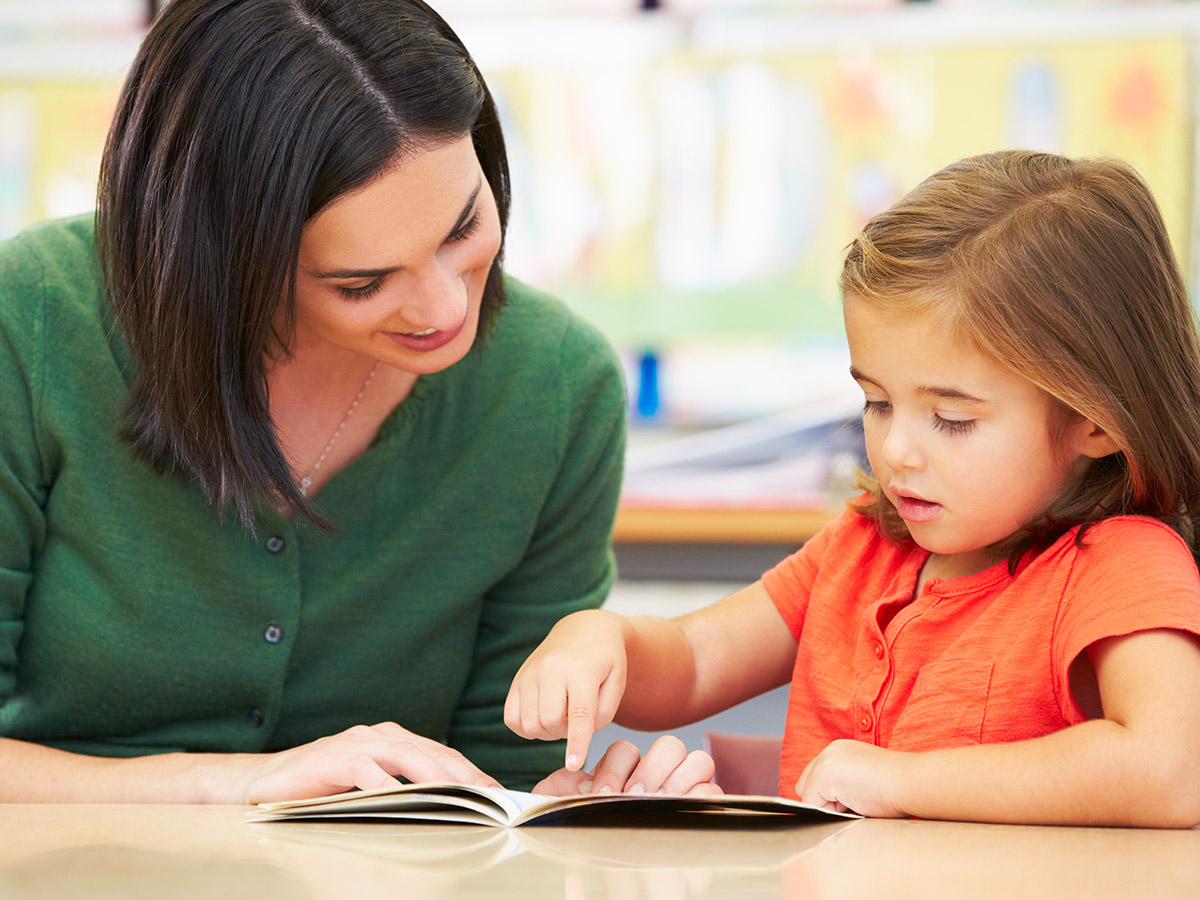
Shutterstock image by Monkey Business Images
How to Complete a Running Record
- Ask the student to read. As they read, use running record symbols to make notes on your template (or on a copy of the text).
- Record all mistakes, miscues, and self-corrections.
- Analyze the data that you have collected.
- Use the information to set the student reading goals and to plan your instruction.
I found this fantastic article on the Scholastic website on how to take running records. So check it out if you need more guidance.
Gradual Release Model
You’re probably familiar with what’s known as the Gradual Release of Responsibility Model. It’s basically a teaching method whereby over time, the teacher does less and the student does more. So the aim is to move students from fully supported instruction to independent learning.

There are 4 main steps for using the Gradual Release of Responsibility Model. They are:
- Modeled Reading – Regular and short.
- Shared Reading – Sessions should last anywhere from 10 – 20 minutes.
- Guided Reading – Usually in small groups, with a clear learning focus and using a text that is appropriate for your students’ reading ability.
- Independent Reading – Allow students to select their own texts, encourage students to reflect on their reading and provide uninterrupted time.
For a practical guide to setting up Guided Reading read Holly’s blog How to Set up Guided Reading in the Classroom.
Planning for Reading
Every teacher knows that reading is a skill that is used in all learning areas. So, whether you are planning a unit in mathematics, science, or social studies ask yourself – What are the reading requirements for this learning experience? Remember that regardless of which subject area you are focusing on, your students will need:
- Word knowledge
- Grammar knowledge
- Text knowledge
- Visual knowledge
And this is important…when you are planning a unit don’t forget to differentiate by providing:
- lots of different reading sources such as digital, infographics, and visuals
- a variety of texts that cover a range of reading levels
- texts that you have adapted to meet the needs of your students
- scaffolding for learning.
Head to our huge Word Wall Collection to assist your students in learning new content vocabulary.
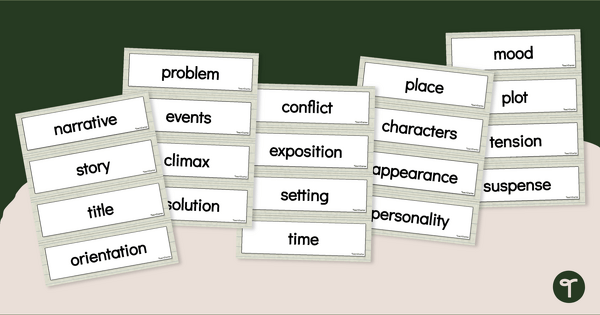
teaching resource
Narrative Writing Word Wall
A set of 44 vocabulary words related to narrative texts and narrative writing.
Nurture a Love of Reading
And finally, when it comes to teaching reading, your most important job is to nurture a love of reading in your classroom. So to do this you need to fill your reading corner with books galore!!
Remember to build a strong relationship with your school librarian (if you are lucky enough to have one). Seek out quality children’s literature and keep up to date with new authors and publications. And finally, don’t forget to make modeled reading part of your daily teaching practice and to expose your students to a wide variety of reading genres.
To sum it up, as teachers, it is critical that we look at the big picture of what reading is and how to teach it. As you can see, there is seemingly no end to the amount of information we must remember when teaching reading. This is just the beginning! So, for fear of overwhelming you, I will stop here.
If this information has been helpful, let me know and How to Teach Reading Part 2 could be on its way…



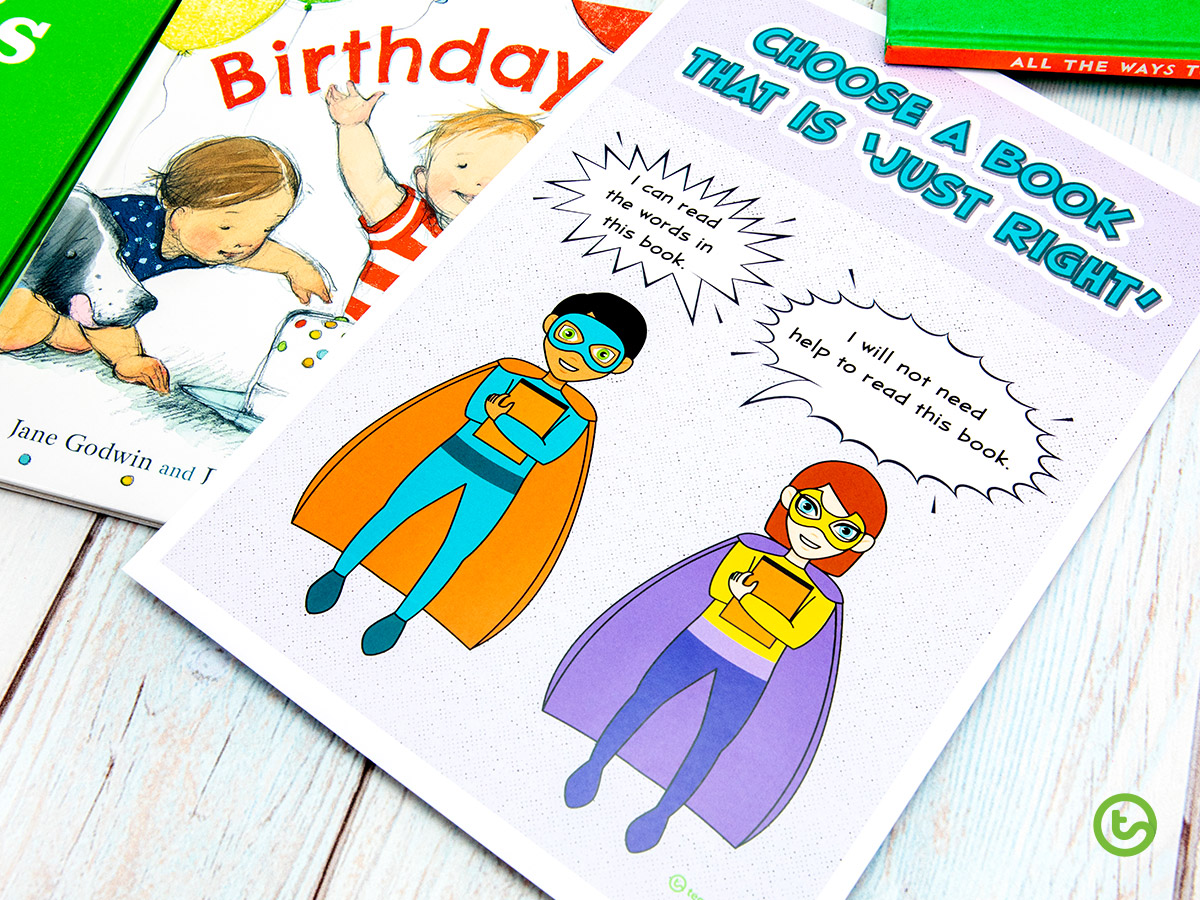
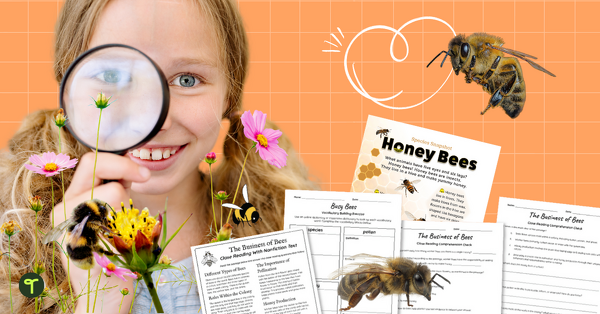
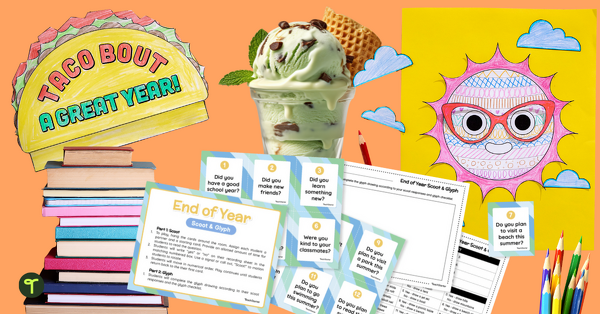
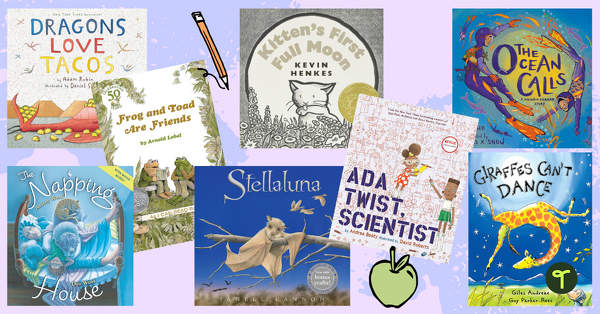



I am using the Teacher Starter app and I am unable to open anything. Help!
Hi Nikki, We're sorry to hear you're having trouble. Please contact us at support@teachstarter.com and we'll help you work through the problem.
nice
Hi Ruchi! We are so glad you enjoyed the blog! We hope the tips come in handy for you in your classroom.